We would like to inform you that we will be closed from July 28 to August 24 inclusive.
Close
Glockenspiels
The glockenspiel is born from the fusion between metallophones and the first bell glockenspiels. It is in the 17th Century that the modern glockenspiel was conceived. A Dutch got the idea to replace the bells by some bars like the ones used on the metallophones from Asia.
Glockenspiels with case, Glockenspiels with dampening pedal, Keyboard glockenspiels
The glockenspiel is born from the fusion between metallophones and the first bell glockenspiels.It is in the 17th Century that the modern glockenspiel was conceived. A Dutch got the idea to replace the bells with some bars like the ones used on the metallophones from Asia.
In the middle of the 19th Century, 2 types of glockenspiels are widespread. The instrument with a keyboard and the instrument with the sticks. The composers will prefer the instrument with the sticks on which the sonor quality is liked
Today, The glockenspiel is used in various countries, particularly in the USA.
The glockenspiel is composed of :
- A keyboard:
The bars of the glockenspiel are positionned on two levels and on only one plan like for the vibraphone. The bars are made out of metal and are silvery. The lenght of the bars decreases according to the pitch of the note. Higher is the note, shorter the bar will be. The bars of the glockenspiel extends from 2 ½ to 3 octaves. - The frame:
There are two versions of the glockenspiel.
Glockenspiels in cases that are mounted in cases, or glockenspiels with pedals monted on a frame, similar to the vibraphone one. - A pedal and a damper:
The glockenspiel is equiped with a dampening system placed under the bars. It allows to soften the harmonics and dampen the sound. The damper is operated using a pedal that works the same way as for a piano. You have to push the pedal to obtain a resonance.
The musician plays the glockenspiels using wooden or metal sticks depending on the searched sonority.
Rythmes & Sons proposes glockenspiels from major brands in the market such as : Yamaha, Musser, Yamaha, Concorde, Bergerault.
We also offer flight cases to protect your instruments during storage or when traveling.
Do not hesitate to contact us for any additional information or request for a quote!
Back to menu
Keyboards



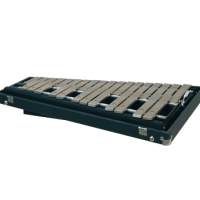
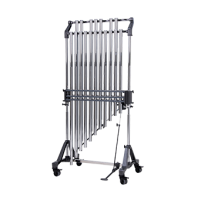
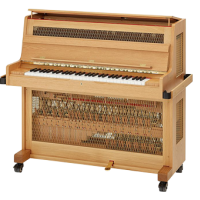
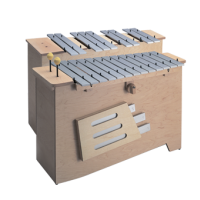

Timpanies





Skin Percussion Instruments










Wood






Metal Percussion Instruments
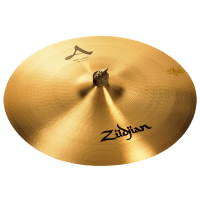









Effects instruments


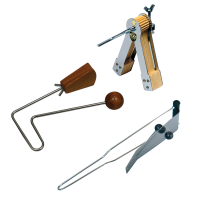



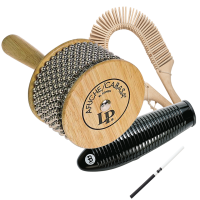
Mallets & Drumstick cases
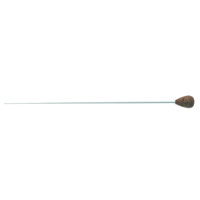
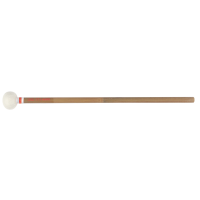



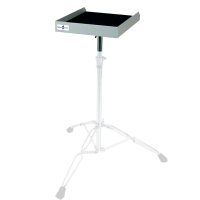
Stands & accessories






Flight cases & Hardcases for Instruments






Good deals
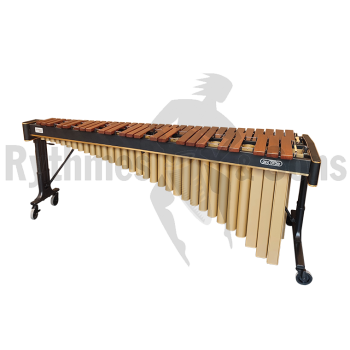


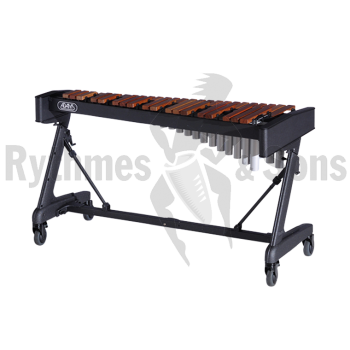
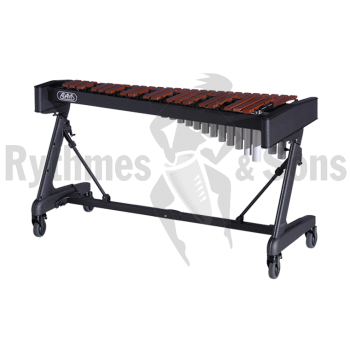


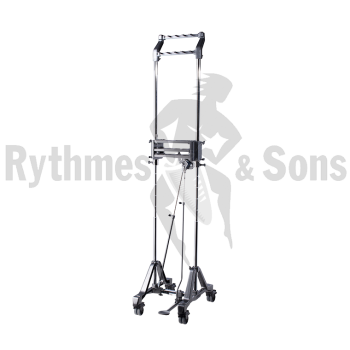

Marimbas




Xylophones




Vibraphones




OPEN-U®


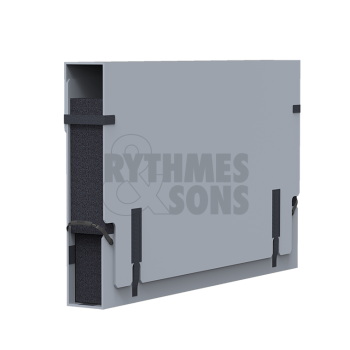
ADAMS



BALTER MALLETS



BLACK SWAMP



CADESON



CAPELLE



CHALKLIN



CONCORDE



EVANS


ISTANBUL AGOP



GROVER



JG PERCUSSION



KANGABA



KONIG & MEYER (K&M)

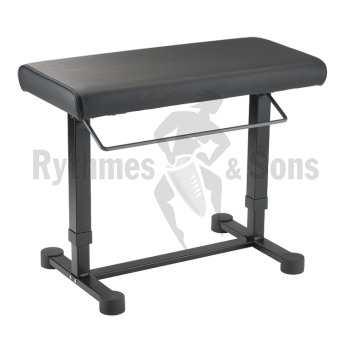

LP



LUDWIG



MAJESTIC



MALLETECH



MARIMBA ONE



MEINL



MUSSER



OPENROAD®
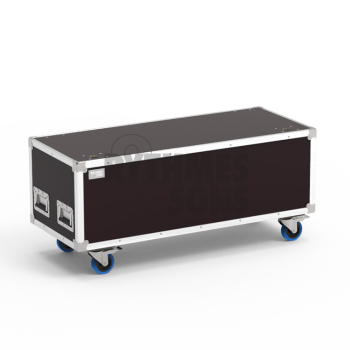



PAISTE



PREMIER



REMO



RYTHMES & SONS



RYTHMES & SONS (flight-cases)
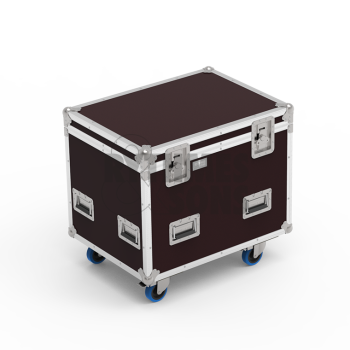


SABIAN



SCHIEDMAYER



SCHLAGWERK



STUDIO 49



VIBRAWELL



VIC FIRTH



Back to menu

























